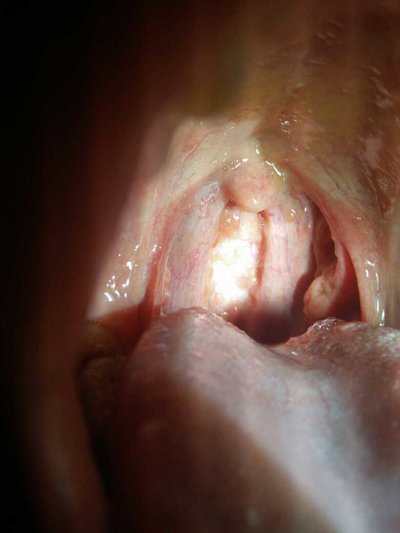How should chondroblastoma be treated?
summary
Chondroblastoma is a benign tumor derived from immature chondrocytes. It was first discovered by Ernest Codman. It is mainly located in the epiphysis at the end of the long bone, also known as Codman tumor. It is also known as benign epiphyseal chondroblastoma because it often occurs in secondary ossification center. The secondary ossification center of long bone is more common in humeral head, femoral condyle, tibial plateau, sometimes in small bone without secondary ossification center (such as tarsal bone) and bone process of flat bone (such as iliac crest). Let's share my experience with you.
How should chondroblastoma be treated?
Most of the chondroblastomas are benign tumors, so curettage and bone grafting should be performed. In the process of curettage, it is better to grind the lesions close to cartilage or even to subchondral bone with different sizes of drills, so as to remove the lesions thoroughly and protect the cartilage surface at the same time. Curettage and bone grafting is a common method. In order to avoid the recurrence caused by contamination, the surgical approach is generally not through the joint, but the approach through the epiphyseal plate may lead to growth deformity. Considering the age of the patient and the location of the lesion, it is considered that the growth deformity caused by epiphyseal plate surgery is relatively small, so the epiphyseal plate surgery should be the first choice to avoid intra-articular recurrence.

The possibility of malignant transformation should be considered when benign chondroblastoma occasionally invades joint space or soft tissue. It has been reported that chondroblastoma may have lung metastasis after bone lesion surgery, and the patient can still survive for a long time after lung lesion resection. The histological examination of lung metastases is the same as chondroblastoma. There are also lung metastases in situ and no longer grow up. Therefore, it is considered that even if there are lung metastases, it does not mean that the tumor is malignant.

The recurrence rate is very high, about 50% after curettage. After curettage, the residual cavity can be filled with bone cement, but the epiphyseal plate may be damaged. The recurrence rate of extensive mass resection is low, but there may be partial loss of function. For recurrent chondroblastoma with intra-articular implantation, large-scale resection outside the joint is needed.

matters needing attention
Identify and treat asymptomatic people at increased risk of disease. In general, secondary prevention is equivalent to cancer screening, such as Pap smear to detect cervical cancer and precancerous lesions. Screening can detect high risk population and asymptomatic but detectable population.













